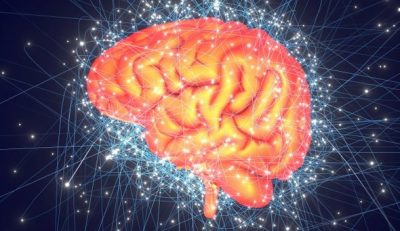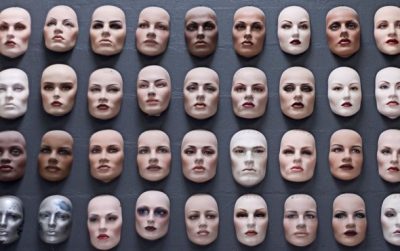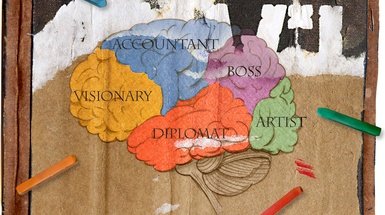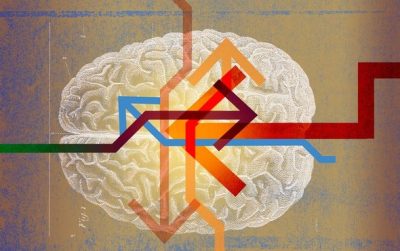Scientific American
CategoryThe Neuroscience of Creativity
The latest state of the field of the neuroscience of creativity.
How to Give Better Advice
Research reveals the common mistakes we make when trying to help.
Why Too Much Experience Can Backfire
Sometimes expertise gets in the way of making the right call.
How to Think about “Implicit Bias”
Amidst a controversy, it’s important to remember that implicit bias is real—and it matters.
The Power of Flexible Thinking
The cognitive style you need in times of change, explained by best-selling author Leonard Mlodinow.
Why People Dislike Really Smart Leaders
Those with an IQ above 120 are perceived as less effective, regardless of actual performance.
Why Are Some People More Creative Than Others?
Neuroscientists have started to identify thinking processes and brain regions involved with creativity.
A Neuroscientist Explores the “Sanskrit Effect”
MRI scans show that memorizing ancient mantras increases the size of brain regions associated with cognitive function.
The Neuroscience of Changing Your Mind
If we change our minds within roughly 100 milliseconds of making a decision, we can successfully revise our plans. If we wait more than 20..
The Neuroscience of Paid Parental Leave
Having parents present is crucial during an infant’s first weeks of development—but institutions that train physicians don’t always seem t..









